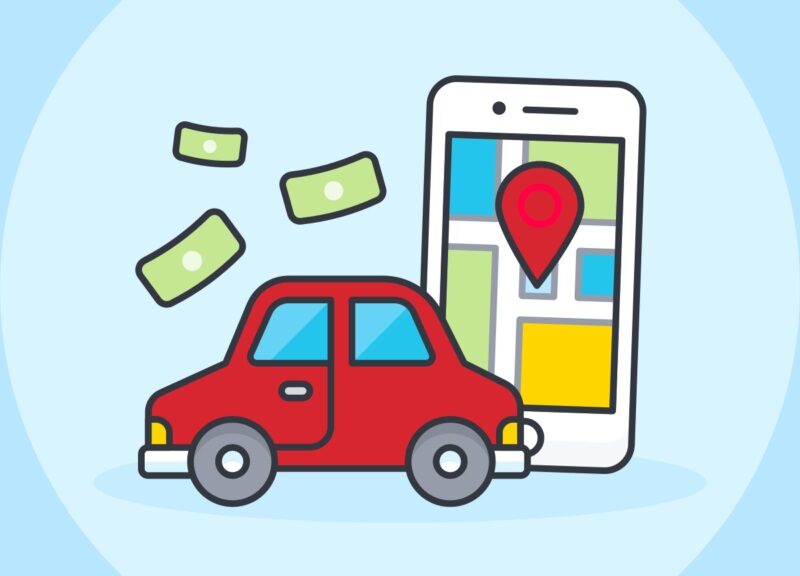AI is changing how businesses do marketing. It’s not just a trend. It’s part of how things work now.
In 2025, if you’re not using AI in some way, you might fall behind.
This article breaks it down simply. What AI means for your marketing. What tools help. And what to watch out for.
What Is AI in Marketing?
AI stands for artificial intelligence. In marketing, it usually means software that can:
- Learn from data
- Make decisions
- Predict behavior
- Automate tasks
You’ve seen it already. Think of Google Ads suggesting keywords. Or email tools sending messages at the best time. That’s AI.
The new tools are smarter and faster. And in 2025, they’re more common.
Why It Matters in 2025
Marketing is moving fast. People want quick answers. Businesses want better results with less effort.
AI helps with that.
Here’s what it does well:
- Sorts big data sets
- Spots trends
- Suggests what to do next
- Saves time
- Reduces mistakes
It’s not magic. But it helps you focus on what matters.
Where You’ll See AI in 2025
Let’s look at some real use cases. These are tools and features you’ll likely use (or compete with) in 2025.
1. Search and SEO
Search is no longer just keywords. Google is smarter. It understands context, intent, and natural language.
AI tools help with:
- Finding questions people ask
- Suggesting topics that work
- Showing what’s ranking and why
- Optimizing content without guessing
You don’t need to stuff keywords anymore. You need to answer real questions clearly.
2. Content Writing and Editing
Some people use AI to write blog posts or product descriptions. But don’t rely on AI to say everything.
Use it to:
- Get a first draft
- Reword a section
- Fix spelling or tone
- Suggest headings or summaries
The final version should sound like you. AI helps, but you’re still the writer.
3. Email Marketing
AI tools help with:
- Picking the best time to send
- Testing subject lines
- Segmenting your list
- Writing simple copy
This means better open rates and more clicks, without guessing.
4. Social Media
Scheduling tools now use AI to:
- Suggest what to post
- Predict what will get likes
- Auto-write captions
- Choose hashtags
They don’t replace you. But they help you stay consistent.
5. Chatbots and Support
Many sites use AI chat tools to answer basic questions.
In 2025, these bots are better at:
- Understanding what people mean
- Giving fast answers
- Passing harder questions to humans
They improve service and save time.
6. Ad Targeting
Platforms like Meta and Google Ads use AI behind the scenes.
They:
- Predict who will click
- Adjust bids automatically
- Learn what works based on performance
Your job is to feed them good content. The AI handles the rest.
What AI Can’t Do (Yet)
Even in 2025, AI has limits. It’s good at patterns. Not so good at new ideas or deep strategy.
It can’t:
- Understand your brand voice fully
- Think like your customer
- Set long-term goals
- Replace real trust and connection
So use AI as a tool not a replacement for thinking.
How to Start Using AI (Simple Steps)
You don’t need to buy expensive software. Start small.
Here’s a simple plan:
Step 1: Pick One Task
What takes you too long?
- Writing posts?
- Scheduling emails?
- Researching keywords?
Pick that.
Step 2: Find One Tool
Examples:
- Content: Grammarly, Hemingway, ChatGPT
- Email: Mailchimp with AI timing
- SEO: SurferSEO, NeuronWriter, Clearscope
- Social: Buffer, Later, or Hootsuite with AI
- Chat: Tidio, Intercom, or ManyChat
Try the free version first.
Step 3: Use, Watch, Adjust
Don’t expect perfection. Let the tool help, but always check the output.
Ask:
- Did this save time?
- Did it improve results?
- Can I use this again?
Then move to the next task.
What to Watch Out For
AI is useful. But you still need to be careful.
1. It can get things wrong.
Always check facts. AI may make stuff up or misread data.
2. It might sound robotic.
Your voice matters. People want to hear from you, not a bot.
3. It could be overused.
If everyone uses the same AI-generated post, it loses meaning.
4. Privacy still matters.
If your tool is using customer data, be sure it’s safe and legal.
AI and Jobs in Marketing
Some people worry AI will replace marketers.
In 2025, AI won’t take your job but someone using AI might.
That means you should learn how to use it.
Not to write everything. But to:
- Speed up boring tasks
- Try new things faster
- Make smarter choices
- Stay ahead of lazy content
Be the one who uses it well. Not the one who ignores it.
If you’ve been testing tools or seeing results from AI in your own marketing, your experience could help others. Sites are always looking for real voices. You can search for “write for us digital marketing” and pitch a simple, honest story about what worked for you.
Final Thoughts
AI is not the future. It’s the present.
In 2025, it’s not about whether you should use AI. It’s about how you use it.
Here’s what to remember:
- Use AI to support, not replace
- Keep your content real
- Know your tools, but know your audience better
- Stay honest and helpful
- Keep learning this space changes fast
That’s how you keep up. That’s how you stay useful. That’s how you grow.



